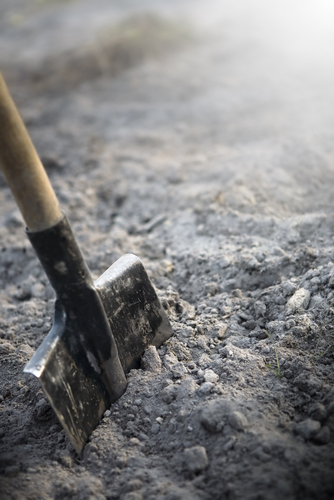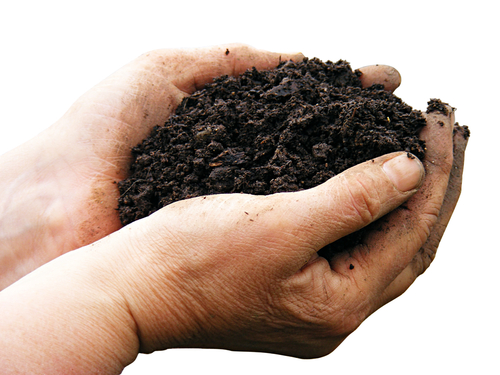Not all soils are the same. If you dig into the ground in different places you will find different kinds of soil.

Some soils, like sandy and loamy soils, are light and crumbly.
Some, like chalky or silty soils, are gritty
Some, like clay, are heavy and sticky.
This is a lot to do with the size of soil particles (the 'bits') in that type of soil.

Those particles also affect how quickly water drains into the ground: soils with big particles let water through quickly because there's lots of space between them for water to trickle through.
Soils with tiny particles tend to hold back the water as it's hard for the water to drain through.
Look back at that list of soils and see if you can work out which ones let water through easily (we call these permeable soils) and which ones don't.
If you dig down deep enough beneath the soil you will eventually reach rock.
Over a very long time this rock has been broken down to form the soil that now lies on top of it.
Different Earth processes (called weathering) wear the rock down into tiny particles: things like waves and rivers, wind and rain, sandstorms and so on all play their part on wearing rock down into what becomes soil.
So the type of soil you have depends on the type of rock it has come from.

In addition to the rocky particles, soil contains lots of rotting plant material, such as leaves. This is important to the soil.
It contains lots of minerals that the plants need - they are being recycled into the soil.
This rotting vegetation is known as compost (or humus).
This activity gives you an opportunity to find out what you know about different types of soil. Let's get going!

Any time you want to come back to this page, just hit the pink button on the right-hand side of each page.








